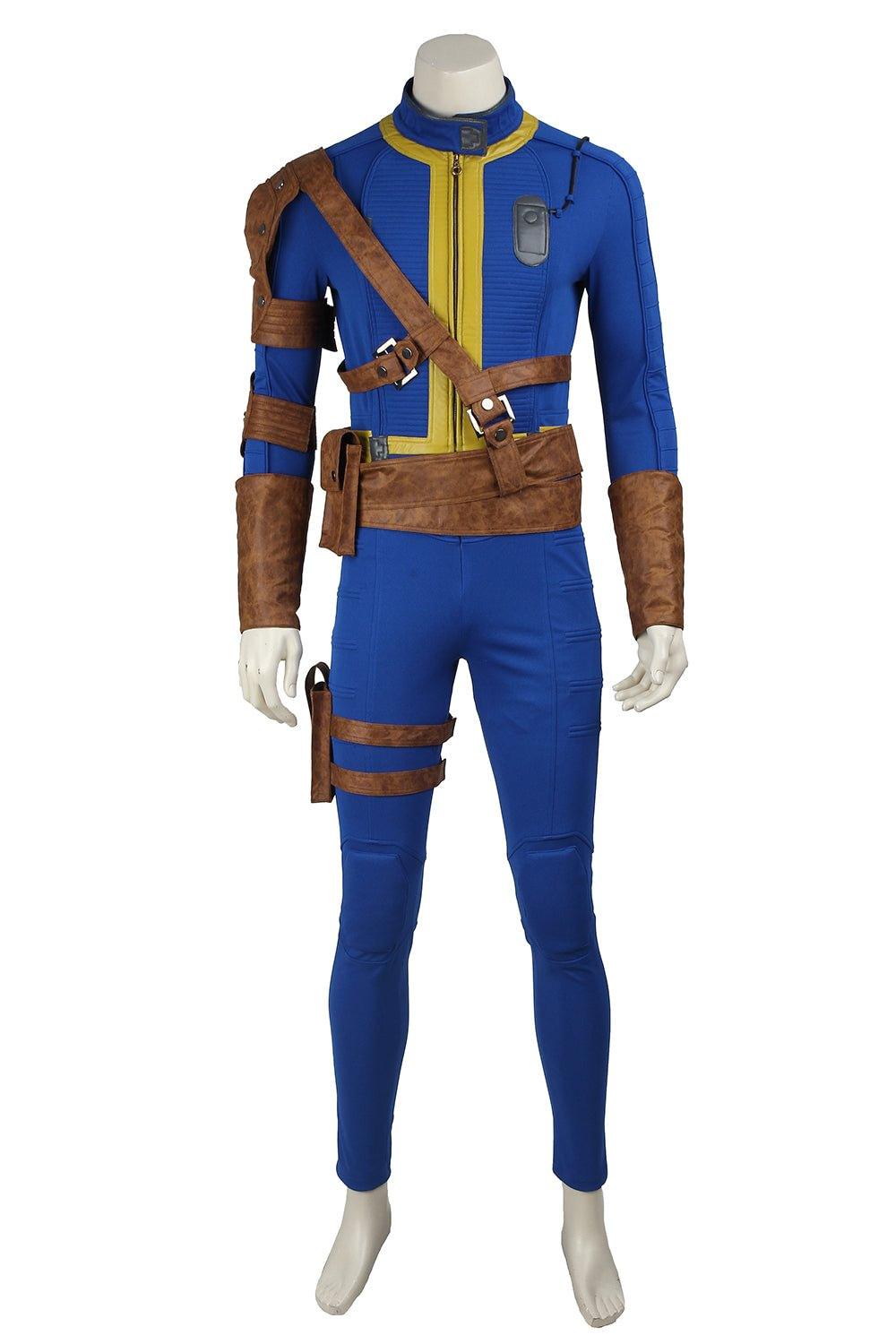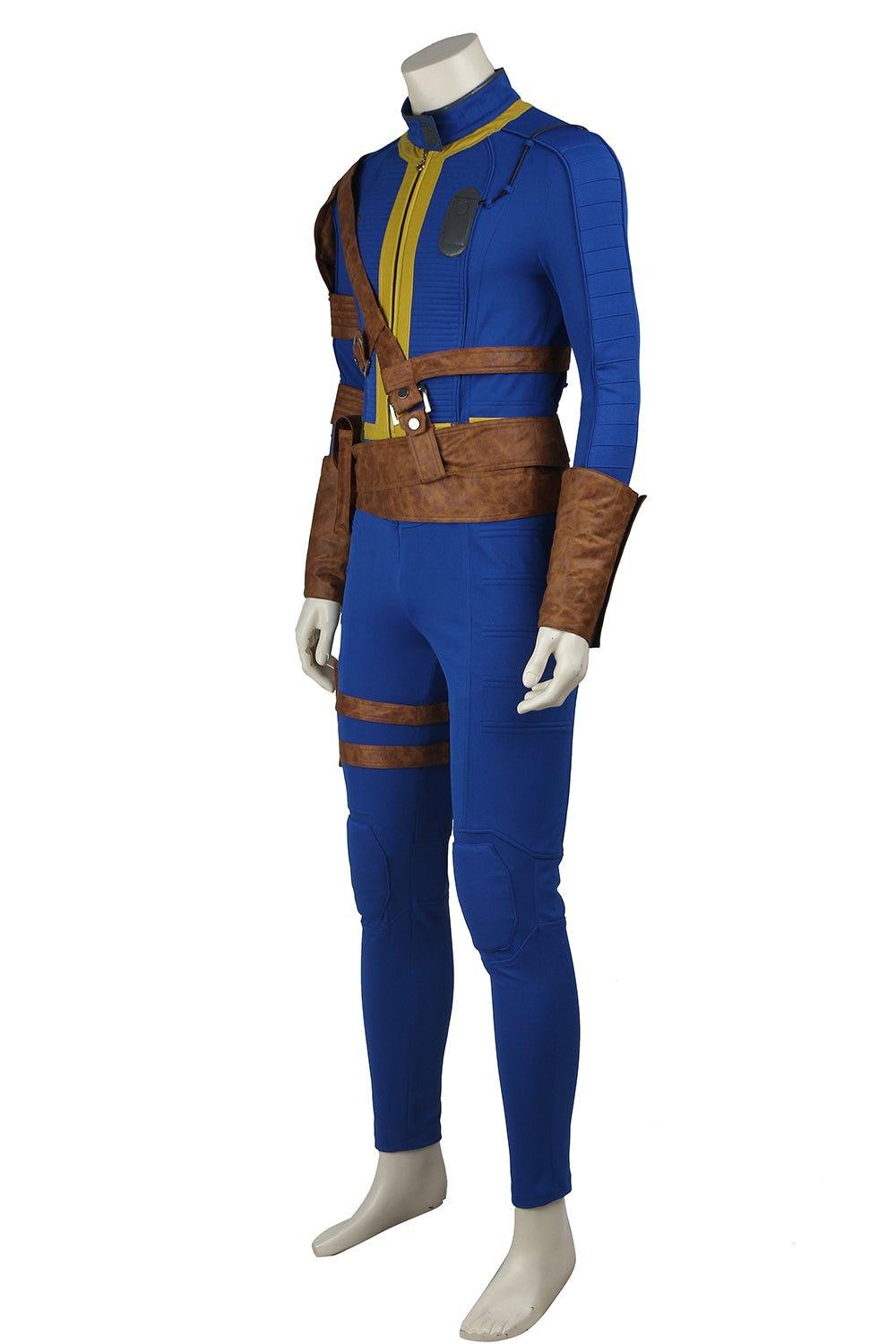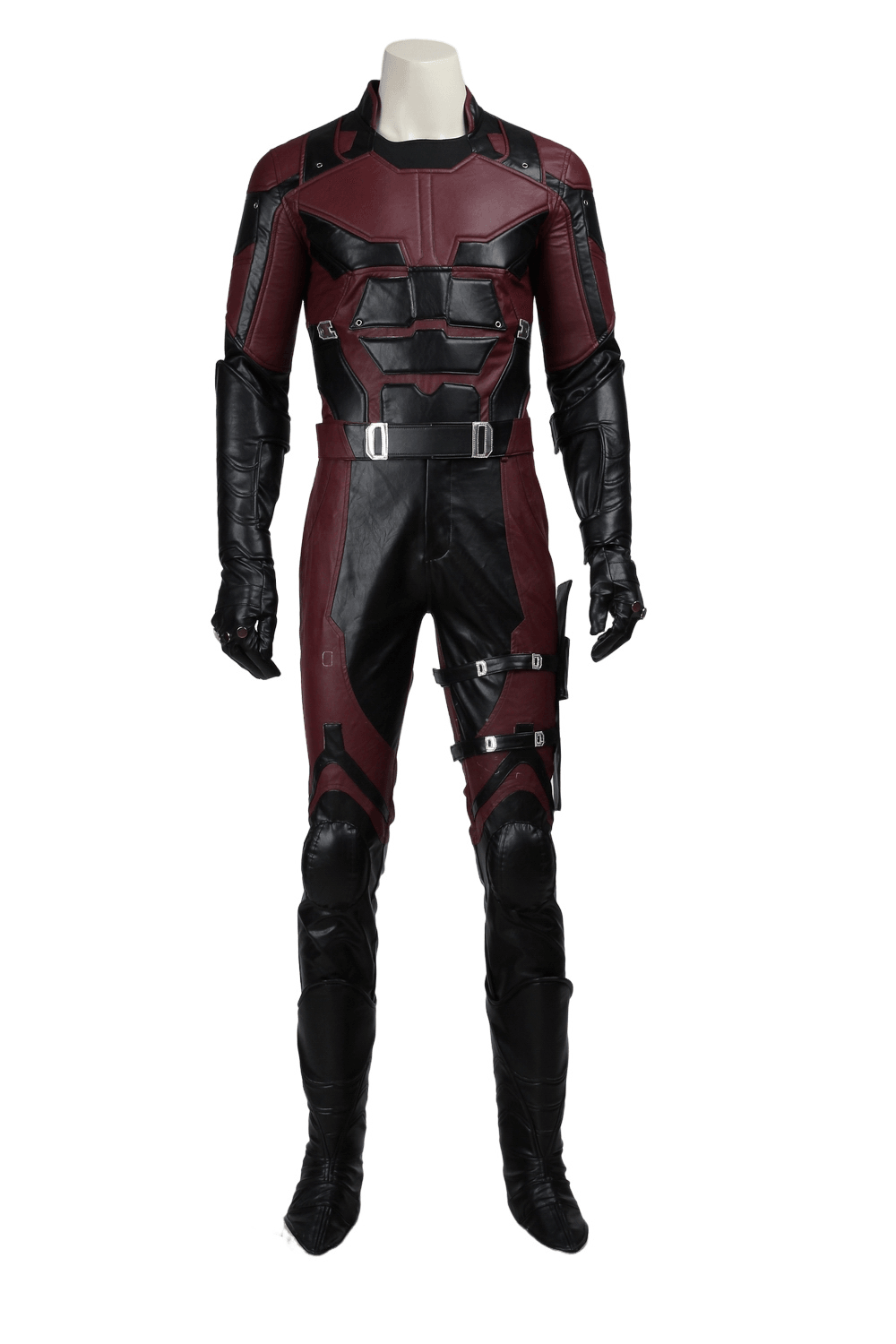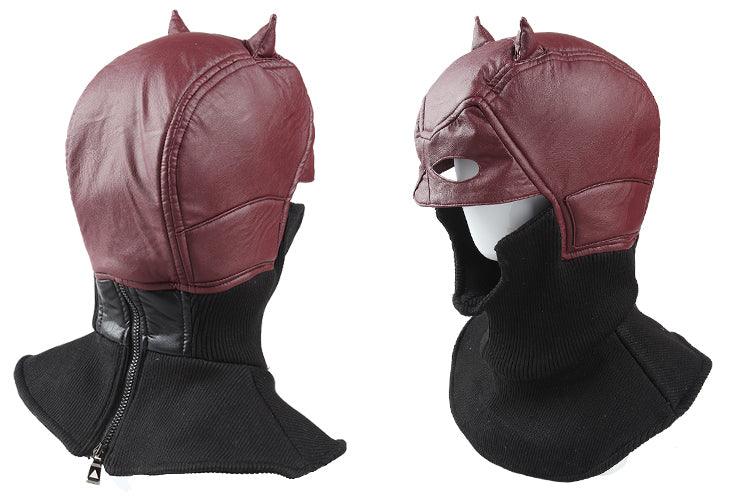Creating a cosplay helmet is an exciting and rewarding project that allows you to bring your favorite characters to life. This comprehensive guide will walk you through the process of making a cosplay helmet, from planning and materials to construction and finishing touches. Whether you're a beginner or an experienced cosplayer, this tutorial will help you create a stunning helmet for your next convention or photoshoot.
Planning and Preparation
Before diving into the construction process, it's essential to plan your cosplay helmet project carefully. This initial stage will set you up for success and help you avoid common pitfalls.
Choosing Your Design: Start by selecting the character or design you want to recreate. Research reference images from various angles to get a clear understanding of the helmet's shape, details, and proportions.
Measuring Your Head: Accurate measurements are crucial for a comfortable and well-fitting helmet. Use the following method to measure your head:
-
Use cosplay calipers or a flexible measuring tape.
-
Measure the width of your head at its widest point, usually just above the ears.
-
Measure the length from your forehead to the back of your head.
-
Measure the circumference of your head at eye level.
-
Note down these measurements for reference during the construction process.
Selecting Materials: The choice of materials will depend on your skill level, budget, and the desired outcome. Some popular options include:
-
EVA foam (recommended for beginners)
-
Craft foam
-
Worbla
-
3D printed parts
-
Fiberglass (for advanced builders)
For this tutorial, we'll focus on using EVA foam, as it's versatile, affordable, and easy to work with.
Gathering Supplies
Before starting your project, gather the following materials and tools:
-
EVA foam sheets (1cm, 5mm, and 2mm thick)
-
Contact cement or hot glue
-
Craft knife or box cutter
-
Scissors
-
Heat gun
-
Dremel rotary tool (optional but helpful)
-
Sandpaper (various grits)
-
Primer
-
Paint (suitable for foam)
-
Paintbrushes and/or airbrush
-
Safety equipment (gloves, dust mask, safety goggles)
Creating the Pattern
-
Find or Create a Template: Look for existing patterns online or create your own by breaking down the helmet design into flat pieces that can be assembled into a 3D shape.
-
Scale the Pattern: Adjust the pattern to fit your head measurements. You may need to print it at different scales and test-fit paper versions before cutting foam.
-
Transfer the Pattern: Trace the pattern pieces onto your EVA foam using a whiteboard marker or pen.
Cutting and Shaping the Foam
-
Cut Out the Pieces: Using a sharp craft knife or box cutter, carefully cut out all the foam pieces. Work on a cutting mat to protect your work surface.
-
Bevel the Edges: For pieces that need to be joined at an angle, use your craft knife to cut the edges at a 45-degree angle. This will create cleaner seams when the pieces are glued together.
-
Heat Shaping: Use a heat gun to carefully warm the foam pieces, making them pliable. While the foam is warm, gently shape it to match the curves of your helmet design. Wear heat-resistant gloves to protect your hands.
-
Creating Details: For raised details or embellishments, cut additional pieces from thinner foam (5mm or 2mm) and glue them onto the main helmet structure.
Assembling the Helmet
-
Test Fit: Before gluing, temporarily assemble the pieces using masking tape to ensure everything fits correctly.
-
Gluing: Apply contact cement to both surfaces that need to be joined. Wait for the glue to become tacky (about 10-15 minutes), then press the pieces firmly together.
-
Reinforcing Seams: Once the glue has dried, use a Dremel tool with a sanding band attachment to smooth out any rough seams or edges.
-
Adding Internal Structure: For larger helmets, consider adding internal supports made from foam or plastic to maintain the shape and provide additional stability.
Detailing and Finishing
-
Smoothing the Surface: Use progressively finer grits of sandpaper to smooth the entire surface of the helmet. Start with a coarse grit (80-120) and work your way up to a fine grit (220-400).
-
Filling Gaps: Use a flexible filler or Kwik Seal to fill any small gaps or imperfections in the foam. Once dry, sand these areas smooth.
-
Priming: Apply several thin coats of flexible primer designed for foam. This will create a smooth surface for painting and help seal the foam.
-
Painting: Choose paints that are suitable for foam, such as acrylic or spray paints designed for plastics. Apply thin, even coats, allowing each layer to dry completely before adding the next. Use masking tape to create clean lines for multi-colored designs.
-
Weathering and Detailing: Add weathering effects, battle damage, or additional details using dry brushing techniques, washes, or carefully applied acrylic paints.
-
Sealing: Apply a clear sealant to protect your paint job and add shine if desired.
Adding Electronics and Special Effects
For more advanced cosplayers, adding electronics can take your helmet to the next level:
-
LED Lights: Incorporate LED strips or individual LEDs to illuminate visors, eyes, or other details. Use a microcontroller like Arduino for programmable lighting effects.
-
Sound Effects: Install small speakers and a sound module to play character-specific sounds or voice modulation effects.
-
Ventilation: For comfort during long wear, consider adding small, quiet fans to provide airflow inside the helmet.
Fitting and Comfort
-
Padding: Add foam padding to the interior of the helmet for comfort and a snug fit. Use adhesive-backed foam or hot glue to secure the padding.
-
Straps: Install an adjustable strap system to keep the helmet securely in place. Elastic straps or a chin strap can be effective, depending on the helmet design.
-
Visibility: Ensure that you have adequate visibility when wearing the helmet. You may need to adjust the eye holes or visor placement for optimal sight lines.
Maintenance and Care
To keep your cosplay helmet looking great for multiple uses:
-
Storage: Store your helmet in a cool, dry place away from direct sunlight to prevent warping or color fading.
-
Cleaning: Gently clean the surface with a damp cloth. Avoid using harsh chemicals that could damage the paint or foam.
-
Repairs: Keep some spare foam and paint on hand for quick touch-ups or repairs at conventions.
Conclusion
Creating a cosplay helmet is a rewarding process that combines creativity, craftsmanship, and problem-solving skills. With patience and attention to detail, you can create a professional-looking helmet that will impress fellow cosplayers and convention-goers alike. Remember to take your time, especially during the planning and construction phases, as rushing can lead to mistakes and a less polished final product.
For those looking to purchase pre-made cosplay helmets or find inspiration for their projects, websites like CrazeCosplay.com offer a wide selection of high-quality cosplay props and accessories. Their Metal Star Wars The Mandalorian Black Series Mando Helmet, for example, showcases the level of detail and craftsmanship that cosplayers can aspire to in their own creations.
As you gain experience, don't be afraid to experiment with different materials and techniques to achieve unique effects and improve your craftsmanship. Each project will teach you new skills and help you refine your process. Whether you're creating a sleek sci-fi helmet, a medieval knight's visor, or a fantastical creature mask, the principles outlined in this guide will serve as a solid foundation for your cosplay helmet-making adventures.
Remember, the most important aspect of cosplay is having fun and expressing your creativity. Don't be discouraged if your first attempt isn't perfect – every cosplayer starts somewhere, and each project is an opportunity to learn and improve. Share your creations with the cosplay community, seek feedback, and celebrate your achievements. With dedication and practice, you'll soon be crafting cosplay helmets that bring your favorite characters to life in stunning detail.







